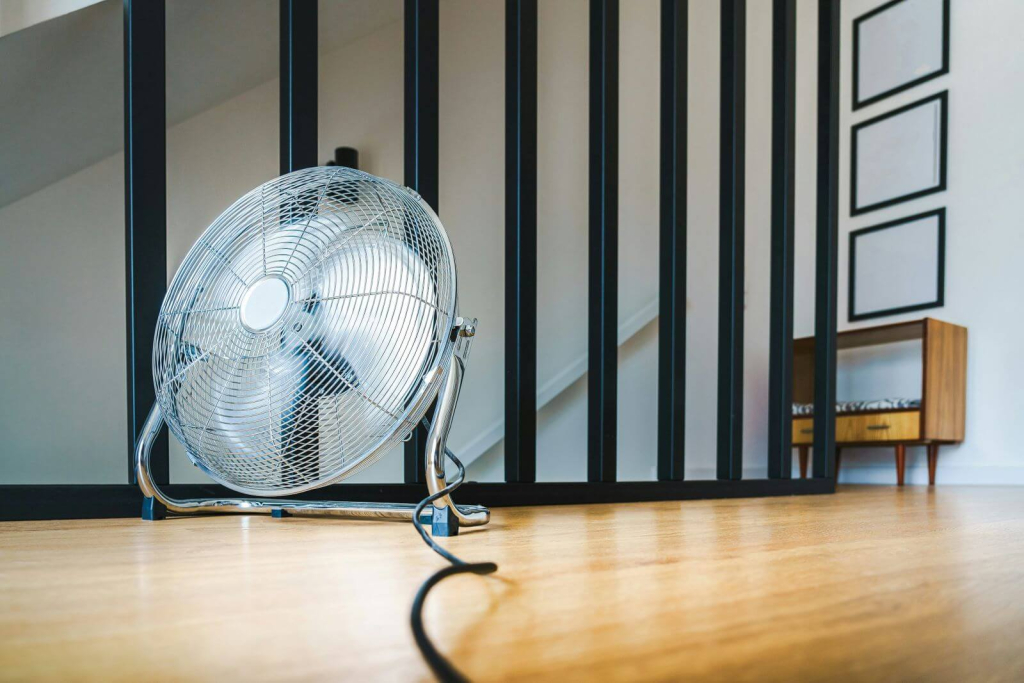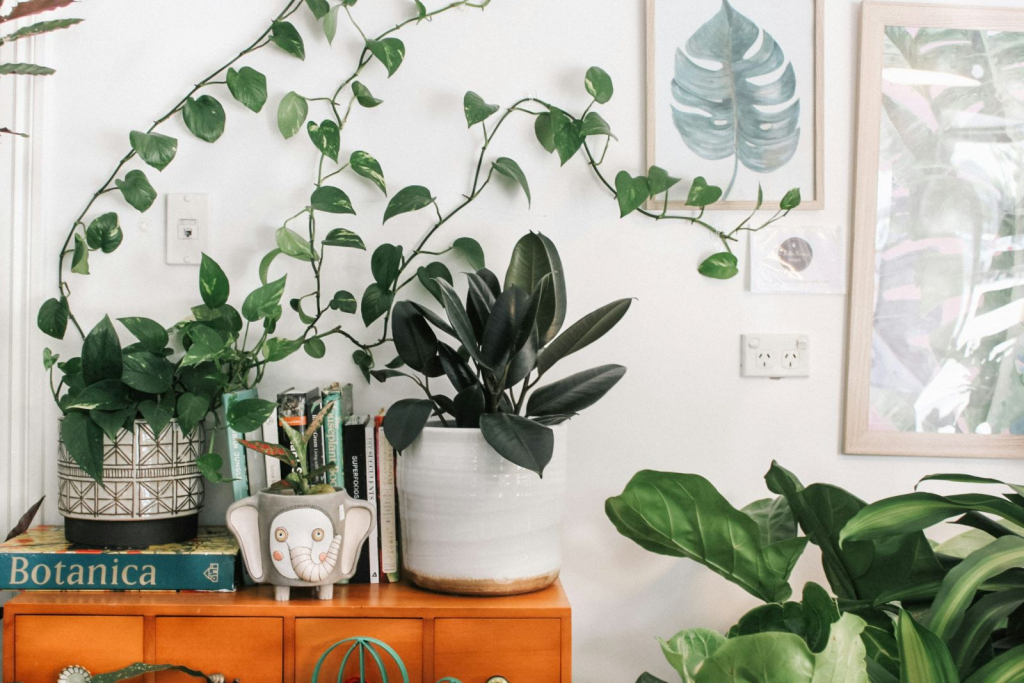From weekday mornings filled with breakfast aromas to quiet Sunday afternoons with the air conditioner running, the time we spend indoors is often where life truly happens. Yet behind the comfort of our homes, unseen pollutants can linger in the air we breathe.
Many families worry about outdoor air pollution from traffic or factories, as well as the seemingly innocent burning wood. Still, few realize that the air inside their own homes can sometimes be more polluted. This invisible problem can trigger allergies, headaches, or even long-term health issues like lung cancer if left unchecked.
The good news is that improving indoor air quality doesn’t require expensive tools. It’s simply about raising awareness, making habit changes, and thoughtful adjustments to your living spaces.
Here’s your family’s practical guide to creating cleaner, healthier air at home.

Why you need to monitor indoor air quality
Before we can improve our home’s air, it helps to understand what indoor air quality actually means. Simply put, it refers to how clean or polluted the air is inside enclosed spaces such as homes, offices and office equipment or schools.
When air indoors becomes contaminated, it leads to poor indoor air quality, which can pose serious health risks, especially for children, seniors, and people with asthma or allergies. Unlike outdoor pollution that disperses with wind and weather, pollutants indoors can accumulate over time.
What are the common indoor air pollutants?
Several common household activities and materials contribute to indoor air pollution. Here are some of the most frequent culprits you might encounter at home:

- Dust mites: These thrive in bedding, carpets, and upholstered furniture, aggravating allergies and asthma.
- Pet dander: Tiny flakes of skin and fur can float in the air long after you’ve cleaned the couch.
- Cooking appliances: Gas stoves, wood-burning stoves, and other kitchen tools emit carbon monoxide and carbon dioxide, especially in poorly ventilated areas.
- Household products: Everyday items such as cleaning sprays, paints, and air fresheners release volatile organic compounds (VOCs) that may cause headaches, dizziness, or irritation.
- Building materials: Materials like plywood, adhesives, and new furniture can release harmful chemicals through a process called off-gassing.
When combined, these indoor air pollutants can compromise the good air quality in your home and affect human health, contributing to cardiovascular disease, some respiratory diseases, and even impacting the central nervous system.
Outdoor air pollution that impacts indoor air quality
Outdoor pollutants and other particulate matter, easily seep indoors through windows and doors, especially in homes located near roads or industrial areas. While outdoor air quality affects how much pollution enters, poor ventilation often traps those contaminants inside. That’s why maintaining good air flow and air movement throughout your home is essential, as it helps push stale, polluted air out and replace it with fresh air.
3 practical ways on how to improve indoor air quality
Once you understand what causes indoor pollution, it’s easier to create small habits that make a big difference. Clean air begins with mindful design, regular maintenance, and a few smart choices.
1. Maintain proper ventilation
One of the simplest but often overlooked ways to improve indoor air quality is to let outdoor air circulate regularly. Open windows and doors during cooler hours to encourage natural ventilation. Ceiling fans and exhaust systems help move air inside and reduce moisture buildup that attracts mold.
If you use air conditioning systems or heating and cooling systems, make sure filters are cleaned or replaced regularly. Modern cooling systems with air filters can significantly reduce indoor airborne pollutants when properly maintained.

2. Use air purifiers and portable air cleaners
For families living in cities or high-traffic areas, air purifiers and portable air cleaners offer extra protection. Devices with HEPA filters can trap small particles, dust, and even smoke particles. When choosing one, check that it suits the room size and is placed where air circulates best.
Even your air conditioning unit can double as an air cleaner if equipped with upgraded filters. Regular servicing also ensures that instead of recirculating stale air, your system helps maintain good indoor air quality.
3. Keep your home clean to control allergens
A tidy home is a healthier home. Regular dusting with a damp cloth keeps particles from floating back into the air, while a vacuum cleaner with a HEPA filter removes hidden dust mites and pet dander.
Avoid overusing air fresheners or cleaning products with harsh chemicals, as these can release harmful particles that irritate the lungs. Opt for fragrance-free or natural alternatives, and wash beddings weekly in hot water to kill allergens.
How to manage indoor pollution from everyday activities
Aside from cleaning, daily habits around cooking, heating, and maintenance also influence your air quality.
1. Watch out for fuel-burning appliances
Stoves and heaters may add warmth and comfort, but they can also emit dangerous gases. Gas stoves, wood-burning stoves, and kerosene heaters produce carbon monoxide, carbon dioxide, and smoke particles. Without proper ventilation, these can accumulate and cause headaches, fatigue, or more serious health problems.
Ensure that your kitchen or cooking area has an exhaust fan, and never use outdoor grills indoors. If you rely on natural gas or burn fuel appliances, schedule regular safety checks.
2. Avoid smoking indoors
Cigarette smoking, tobacco smoke, and vaping remain among the most harmful sources of indoor pollution. The residue clings to furniture, curtains, and walls, affecting even nonsmokers. Keeping your home smoke-free is one of the simplest ways to protect your family from health hazards.
Natural ways to freshen the indoor air
Cleaner air doesn’t always need high-tech solutions. Sometimes, nature offers the best tools.
1. Grow indoor plants that help purify the air
House plants like snake plants, peace lilies, and bamboo palms can help filter volatile organic compounds and stabilize moist air. While plants alone can’t remove all toxins, they complement your ventilation system and add a sense of calm to your indoor spaces.
Placing them near sunny windows not only supports their growth but also improves the air quality around them.

2. Encourage better air flow and sunlight
Good airflow prevents mold, mildew, and bacterial growth. Keep windows and doors unobstructed, and let fresh air circulate every morning. Sunlight naturally disinfects surfaces and helps regulate humidity, reducing the likelihood of allergens thriving in your indoor environment.
When do you seek professional help?
Even with regular cleaning and ventilation, you might still notice signs of poor air quality and exhibit symptoms like persistent coughing, allergy symptoms, or musty odors. When this happens, consult professionals to inspect your air conditioning systems or conduct indoor air testing.
Experts can identify hidden sources of contamination, especially in grave situations, such as radioactive gas leaks, off-gassing from building materials, or poorly maintained ducts. Addressing these early prevents more serious health effects later on.
Build a healthier indoor environment for your family with Camella
Clean air is invisible but powerful. It shapes your family’s comfort, productivity, and long-term well-being. By understanding your home’s air pollutants and applying simple changes, even in small ways like opening windows or using air cleaners, you can protect your loved ones from unseen dangers and enjoy a healthier home every day.
Your home should be more than a shelter. You should also maintain it as your sanctuary of wellness. Discover how Camella communities are thoughtfully designed with proper ventilation, green landscapes, and fresh air movement that nurture good indoor air quality.

